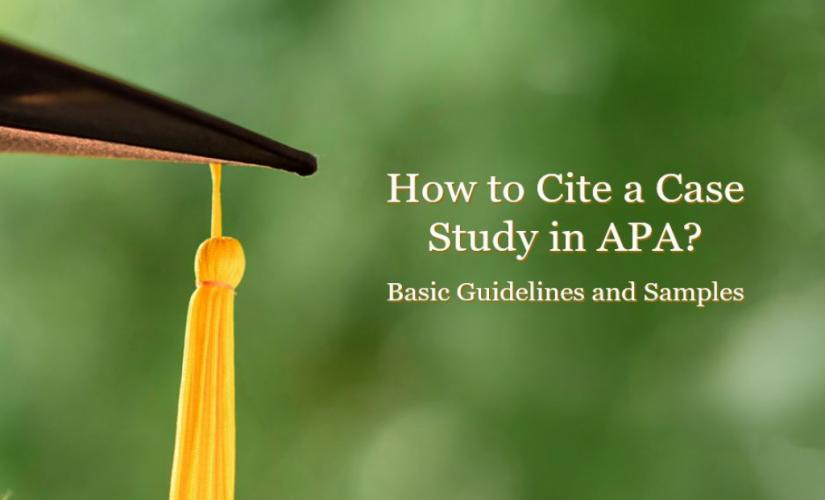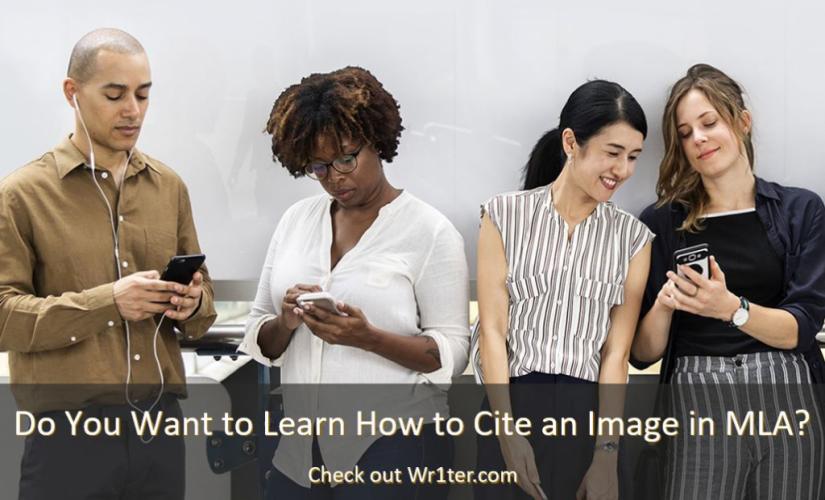Researchers in business-related fields employ the American Psychological Association (APA) style for citation. Basically, by considering learning how to cite a case study in APA, students need to consider such a type of source for their academic research. Here’s how to start a summary of an article for proper understanding. In turn, this guide explains the standard in-text citation and reference list formats for such papers acquired from the Harvard Business Review magazine. Also, the guide demonstrates the use of copyright attribution and content footnotes for case study sources.

Standard Structure on How to Cite a Case Study
APA In-Text Citation Sample:
Parenthetical citation: (Jones, 2010, p. 12)
Narrative citation: Jones (2010) argues . . . proper efforts (p. 12).
APA Reference List Entry Example:
- Authors follow citation rules for magazines because it is the source that contains the case study.
- The uniform resource locator (URL) or digital object identifier (DOI) are optional elements that are dependent on the medium of a case study text.
General Format:
Author, D. D. (Year, month date). Title of the case study. Title of the Magazine, Volume(Issue number), Page numbers. DOI or URL
Example:
Jones, G. H. (2010, March 19). Building an economy for generations. Harvard Business Review, 3(12), 32-37. https://hbr.org/case/hbs_22345
Citing a Case Study in APA With Footnotes
- APA encourages the use of footnotes for copyright attribution for quotations or tables.
- Sometimes, authors may employ footnotes to provide supplemental information that clarifies or strengthens a particular element of their argument.
In-Text Appearance:
First footnote: Shared control over the business eliminates leadership issues.1
Subsequent reference to the footnote: Change management is critical during transitions (see Footnote 1).
Footnote Structure:
Content Footnote:
1 The researchers used Rawld’s test to validate the findings.
Copyright Attribution:
1 Adapted from “Building an Economy for Generations,” by G. H. Jones, 19 March 2010, Harvard Business Review, 3(12), p. 34 (https://hbr.org/case/hbs_22345).


